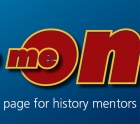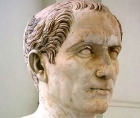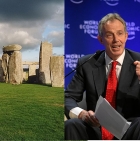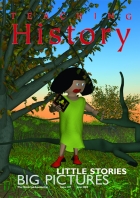Overview & Depth
Assessment criteria for public examinations (at A-level and GCSE) require students to study history at different scales of resolution. Sometimes they are required to adopt a wide vantage point that allows them to survey a long sweep of time, making it possible to see the prevailing trends and turning points. On other occasions they are required to zoom in close, focusing on a much shorter time-span, with scope to examine the lives of individuals and particular groups of people. The materials in this section deal with the distinctive characteristics of schemes of work operating at these different levels and also prompt teachers to consider how overview and depth studies can best be combined and sequenced at Key Stage 3 – helping students to develop more coherent frameworks on which to build their own ‘big pictures’ of the past. Read more
-

Into the Key Stage 3 history garden: choosing and planting your enquiry questions
ArticleClick to view -

Making reading routine
ArticleClick to view -

Move Me On 152: How to teach meaningful overviews
ArticleClick to view -

Move Me On 157: Getting knowledge across
ArticleClick to view -

New, Novice or Nervous? 157: Teaching Overview
ArticleClick to view -

Of the many significant things that have ever happened, what should we teach?
ArticleClick to view -

Out went Caesar and in came the Conqueror: A case study in professional thinking
ArticleClick to view -

Polychronicon 146: Interpreting the history of 'big history'
ArticleClick to view -

Potential and pitfalls in teaching 'big pictures' of the past
ArticleClick to view -

Professional wrestling in the history department: a case study in planning the teaching of the British Empire at Key Stage 3
ArticleClick to view -

Putting Catlin in his place?
ArticleClick to view -

Raising the bar: developing meaningful historical consciousness at Key Stage 3
ArticleClick to view -

Revealing the big picture: patterns, shapes and images at Key Stage 3.
ArticleClick to view -

Short cuts to deep knowledge
ArticleClick to view -

Structuring a history curriculum for powerful revelations
ArticleClick to view -

Teaching History 107: Little Stories, Big Pictures
ArticleClick to view -

The return of King John: using depth to strengthen overview in the teaching of political change
ArticleClick to view -

The role of takeaways in shaping a history curriculum
ArticleClick to view -

Thinking across time: planning and teaching the story of power and democracy at Key Stage 3
ArticleClick to view -

Time and chronology: conjoined twins or distant cousins?
ArticleClick to view

